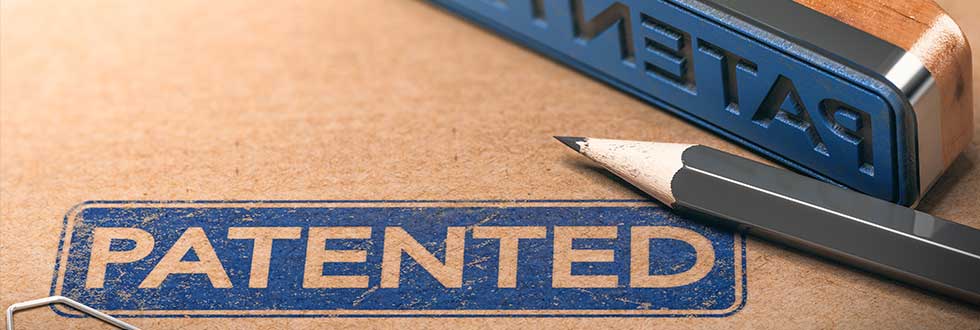A patent is one of the best ways to protect against intellectual property theft. While most people are familiar with the concept of a patent, many are not aware that U.S. law has 3 different types of patents: utility patents, design patents, and plant patents. The two most common patents are utility and design patents. Understand the differences between the two and you’ll quickly see why it is so important to get your design patented.
What is a Design Patent?
Design patents are granted for ornamental designs on articles of manufacture: chairs, jewelry, packaging, shoes, and even some user interface elements in software are all examples. The design of a product is what draws people to it and what immediately sets it apart from the competition. Design patents aim to protect key distinguishing features of a product. Design patents do not protect functionality and utility.
Strategies for Design Patents
The key idea for design patent protection is to look at any distinguishing designs on your product – what makes it special? What makes it stand out? A design patent that focuses on several distinguishing features can provide better protection against infringement.
Separate patent applications can also be filed for different parts of a product. Certain products may have a variety of parts that a competitor may want to use separately. Let’s take shoes, for instance. A competitor may want to copy the shoe’s upper but not the sole. Filing a patent for both the shoe’s upper and the sole may increase your chance of deterring a competitor who might be thinking of duplicating one part but not the other.
Get Started on Your Design Patent Application
A competitor directly copying your product is known as infringement. Design patents are extremely effective tools in infringement litigation. The amount of detail involved in design patents makes it difficult to prove that a patent design had been developed previously by someone else, leading to an extremely low percentage of invalidated design patents. Further, design patents are easier than utility patents to undertand. When sending takedown requests online, you frequently have to deal with individuals with little (if any) experience in patent infringement; and so they may get confused when comparing the language of utility patent claims against an infringing product. However, most people know how to visually compare two pictures side-by-side, so comparing the designs in your patent against images of a product is a much more user-friendly endeavor when you issue takedown requests on amazon.com, alibaba, ebay.com, etc. Knowing the value of design patents, we encourage all design owners to apply for one. If this is your first time applying for a design patent, the process can be confusing. At TBillick Law PLLC, utility and design protection is one of our key practice areas. To learn more or get started filing a design patent for your product, please feel free to get in touch with us today.

